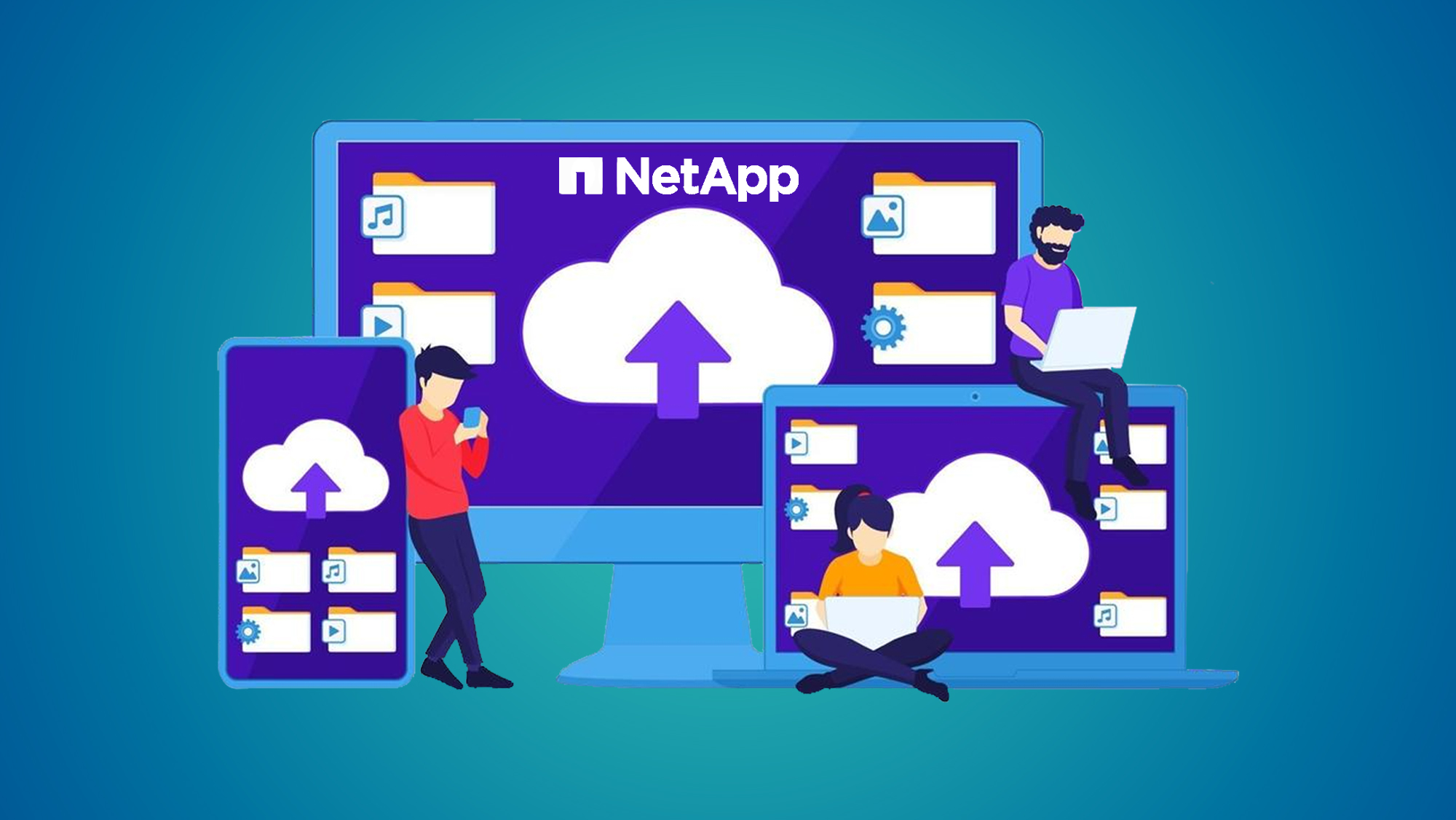Mastering HBase: Building Scalable and Real-Time Data Solutions
Introduction:
In today's data-driven landscape, the ability to efficiently manage and process large volumes of data is crucial for organizations seeking actionable insights and competitive advantage. HBase, a distributed and scalable NoSQL database built on the Hadoop ecosystem, offers a powerful solution for building real-time and scalable data solutions. In this comprehensive blog, we'll delve into the world of HBase, exploring its features, architecture, and techniques for mastering this robust platform to create scalable and real-time data solutions.
Understanding HBase: The Foundation of Scalable Data Solutions
What is HBase?
HBase is an open-source, distributed, and column-oriented NoSQL database designed to handle vast amounts of data across a distributed cluster of servers. It offers high scalability, fault tolerance, and low-latency access to data, making it an ideal choice for applications that demand real-time performance and efficient data processing.
Key Features of HBase
- Scalability: HBase's architecture allows it to scale horizontally by adding more servers to the cluster. This enables seamless handling of massive data volumes without compromising performance.
- Column-Oriented Storage: Unlike traditional row-based databases, HBase stores data in a column-oriented manner. This design accelerates read and write operations for specific columns, making it suitable for analytical workloads.
- Automatic Sharding: HBase automatically shards data into regions, distributing data evenly across the cluster. This feature enables efficient data storage and optimized query performance.
- High Availability: HBase ensures high availability through data replication. Data is replicated across multiple servers, ensuring that in the event of node failure, data remains accessible.
- Strong Consistency: HBase provides strong consistency for read and write operations, ensuring that data is always in sync across the cluster.
Mastering HBase: Building Scalable Solutions
1. Setting Up HBase Cluster
Begin your journey by setting up an HBase cluster. You'll need to install and configure HBase on top of the Hadoop Distributed File System (HDFS). Proper cluster setup is the foundation for creating scalable and reliable data solutions.
2. Data Modeling
Design an effective data model that aligns with your application's requirements. Understand the concepts of column families, columns, and qualifiers. Choose appropriate schema designs to optimize data storage and retrieval.
3. APIs and Data Operations
Master the HBase Java API to perform essential CRUD operations (Create, Read, Update, Delete) on your data. Learn how to interact with HBase tables, scan data, and perform batch operations efficiently.
4. Advanced Querying
Explore advanced querying techniques using filters and coprocessors. Filters allow you to narrow down data retrieval based on specific criteria, while coprocessors enable custom computation at the server-side.
5. Data Import and Export
Learn how to import and export data to and from HBase. Utilize tools like HBase™ Import and Export utilities (HFile) to manage data migration and backups.
6. Performance Tuning
Optimize the performance of your HBase cluster by tuning various configuration parameters. Understand cache settings, compaction strategies, and region sizing to achieve optimal performance.
7. Integrating with Ecosystem Tools
Explore integration with other Hadoop ecosystem tools such as Apache Hive, Apache Pig, and Apache Spark. These tools can enhance data processing capabilities and enable complex analytics on HBase data.
8. Monitoring and Management
Become proficient in monitoring and managing your HBase cluster. Utilize tools like the HBase Web UI, HBase Shell, and third-party monitoring solutions to ensure the health and performance of your cluster.
9. Real-Time Data Solutions
Leverage HBase's capabilities to build real-time data solutions. Explore scenarios such as real-time analytics, event processing, and streaming data ingestion to harness the power of HBase for immediate insights.
10. Handling Large-Scale Data
Learn strategies for managing and processing large-scale data in HBase. Understand data distribution, region management, and compaction techniques to maintain efficiency as data volume grows.
Empowering Your Data Solutions: HBase's Real-World Applications
HBase's versatility and scalability make it an ideal choice for various real-world applications:
- Financial Services: HBase can store and analyze financial transaction data in real-time, facilitating fraud detection and risk analysis.
- E-Commerce: HBase powers recommendation engines, personalized marketing, and real-time inventory management for e-commerce platforms.
- Telecommunications: HBase can handle call detail records (CDRs), enabling telcos to analyze customer behavior and optimize network performance.
- Social Media: Social media platforms utilize HBase to store and analyze user interactions, posts, and content in real-time.
- IoT: HBase's ability to handle high write loads makes it suitable for storing and processing data generated by IoT devices.
Conclusion:
Mastering HBase opens doors to building scalable, high-performance, and real-time data solutions that drive business success. By understanding its architecture, features, and advanced techniques, you can harness the power of HBase to create applications that handle massive data volumes while delivering immediate insights. Whether you're working on real-time analytics, IoT applications, or personalized recommendations, HBase empowers you to meet the demands of today's data-driven world. Embrace the journey of mastering HBase, and unlock the potential to transform data into actionable intelligence.
You May Also Like
These Related Stories

NetApp in the Cloud: Optimizing Hybrid Storage for Success

Oracle PL/SQL Vs SQL: Understanding Differences and Use Cases




No Comments Yet
Let us know what you think